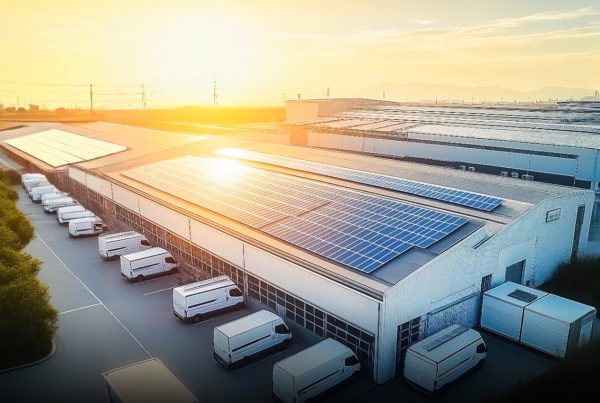For decades, India remained a power deficit nation with a demand-supply gap of almost 12%. This trend was largely due to heavy dependence on coal and other non-renewable sources of energy. Fluctuations in domestic production of coal, import price of coal and global economic and political factors always created a challenge for India to effectively bridge its electricity demand and supply gap.
The policy makers in India realised that renewables offered a viable solution for the country to meet its high energy needs not just for the present but for the future as well. Potential of both wind and solar energy in India is high. The country has a long coastline which presented ideal conditions for the growth of wind power. Located close to the equator, the potential of solar power generation in the country also stood very high. With nearly 3000 hours of sunshine every year – equivalent to a staggering 5000 trillion kWh of energy, India has a solar potential to generate over 1,900 billion units of solar power annually. The states of Rajasthan and Gujarat top the list of regions with maximum solar energy potential.
Considering India’s solar potential, the Government of India rolled out an ambitious National Solar Mission that aims to achieve 100 GW of solar capacity in the country by 2022. To help achieve this target the government has drafted several key policies for the growth of the sector.
In this blog, we will provide our readers with a brief on the solar industry in India
Government Initiatives to develop the solar energy sector
There are dedicated government bodies established to promote solar energy in India apart from various schemes and subsidies, briefly defines as under:
- Exemption from excise duties and concession on import duties on components and equipment required to set up a solar plant
- 10-year tax holiday for Solar Power Projects
- Wheeling, banking and third party sales, buy back facilities by states
- Guaranteed market through solar power purchase obligation to states
- GBI schemes for small projects connected to grid below 33 KV
- Reduced wheeling charges as compared to those for conventional energy
- Special incentives for exports from India in renewable Energy technology under renewable energy sector- specific SEZ.
- A payment security mechanism to cover the risk of default by state utilities/discoms
- A subsidy of 30% of the project cost for off-grid solar thermal projects, subject to availability of funds.
Factors driving growth of solar energy in India
The factors propelling the current and future growth in the solar energy segment are segregated into demand side growth drivers and supply side growth drivers.
- Solar energy can augment the current traditional sources of power generation in India suffers from persistent energy shortage. This, coupled with rising energy needs, is a major factor driving the growth of this segment.








